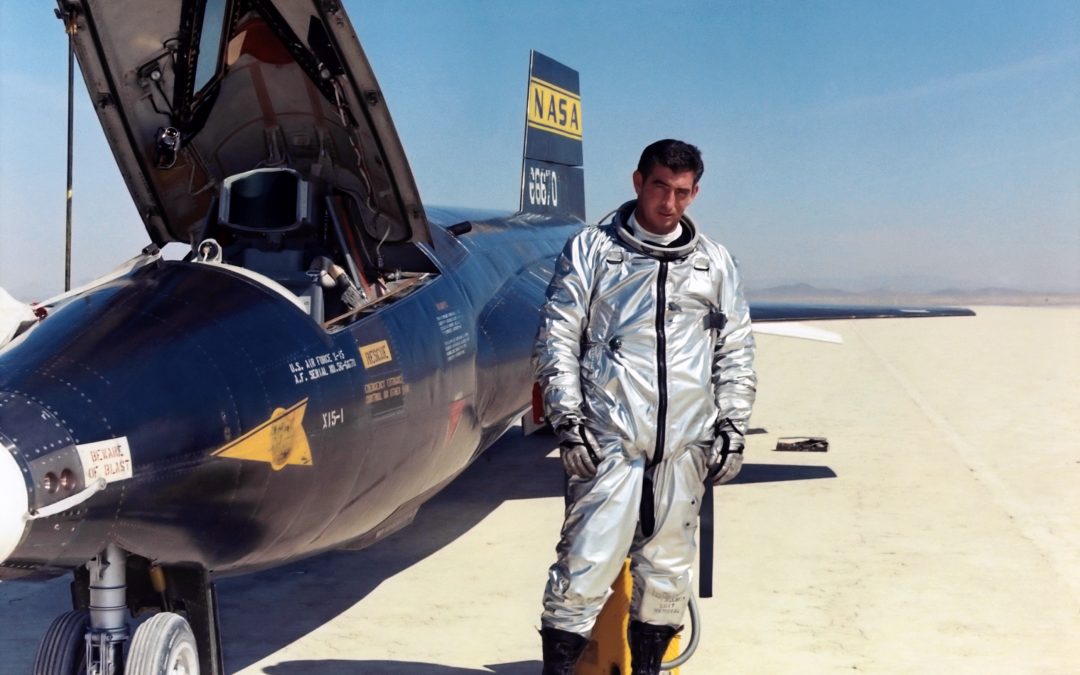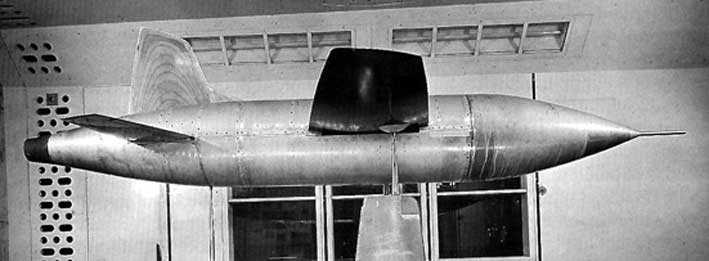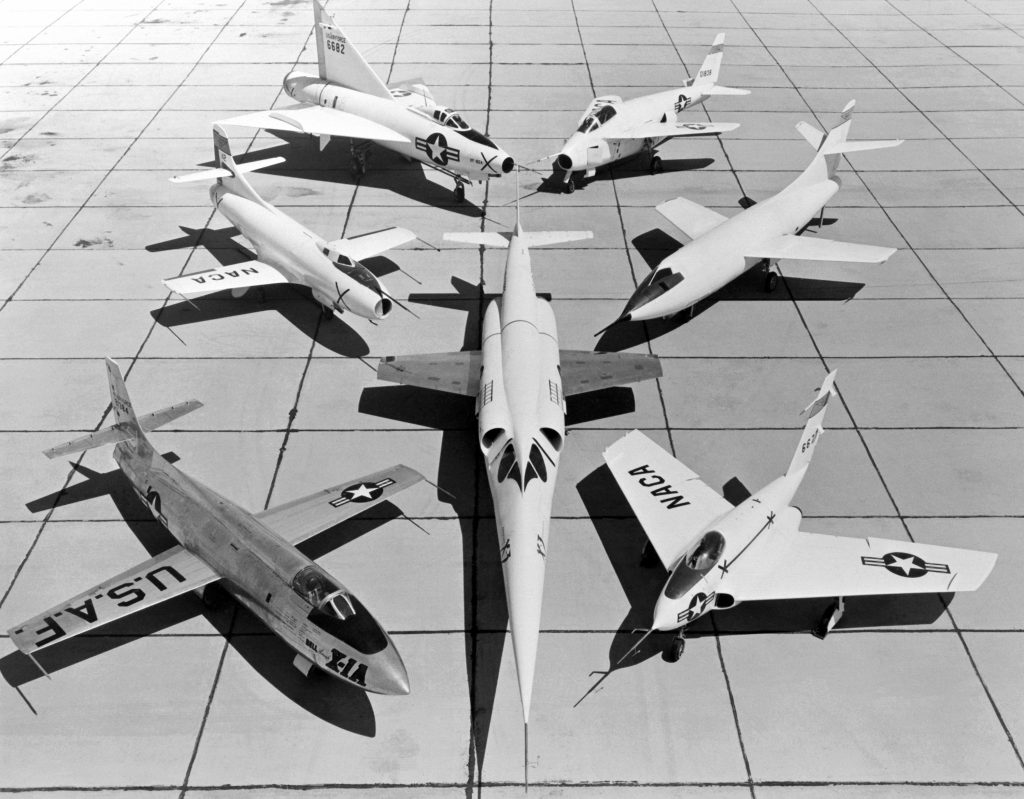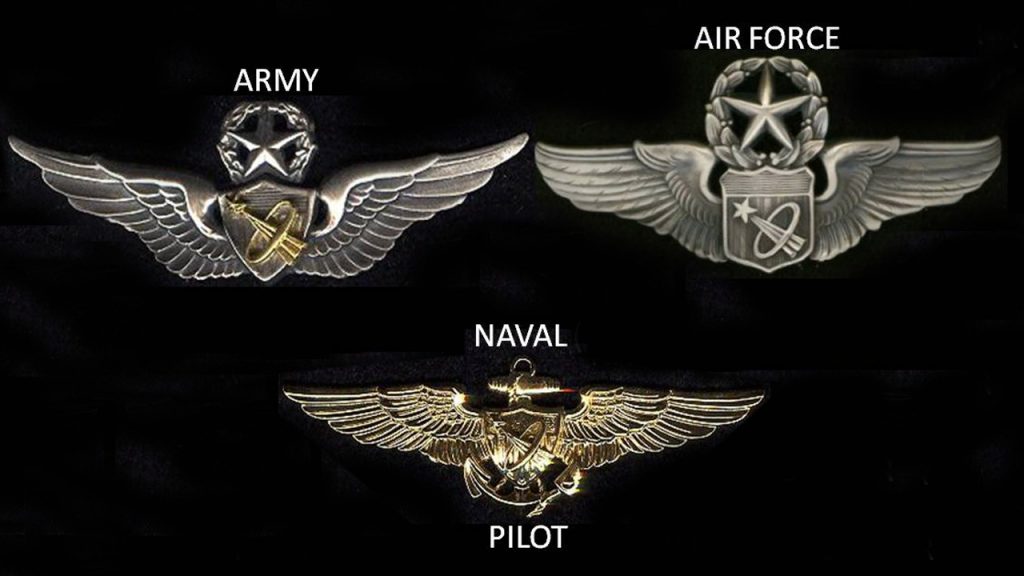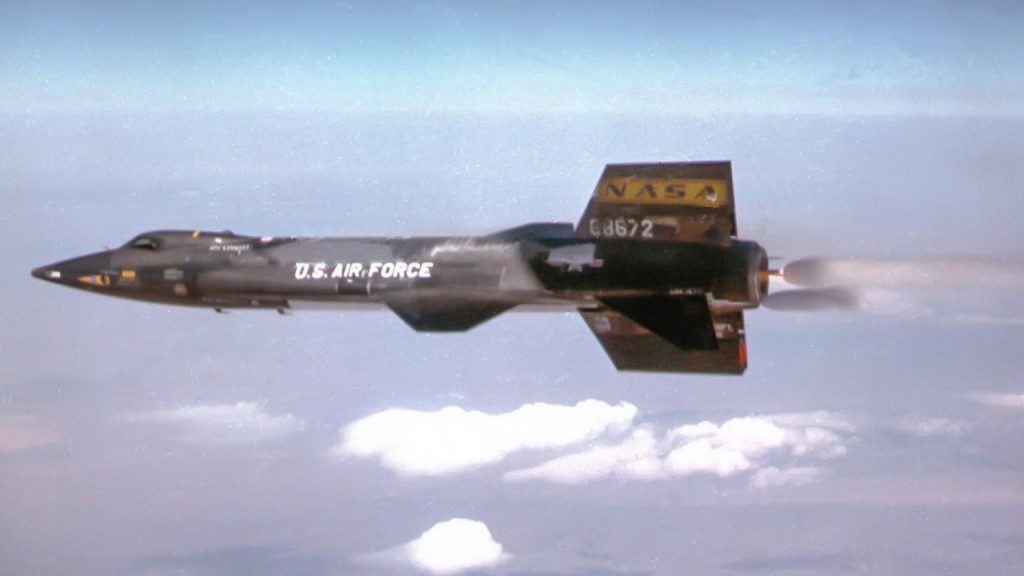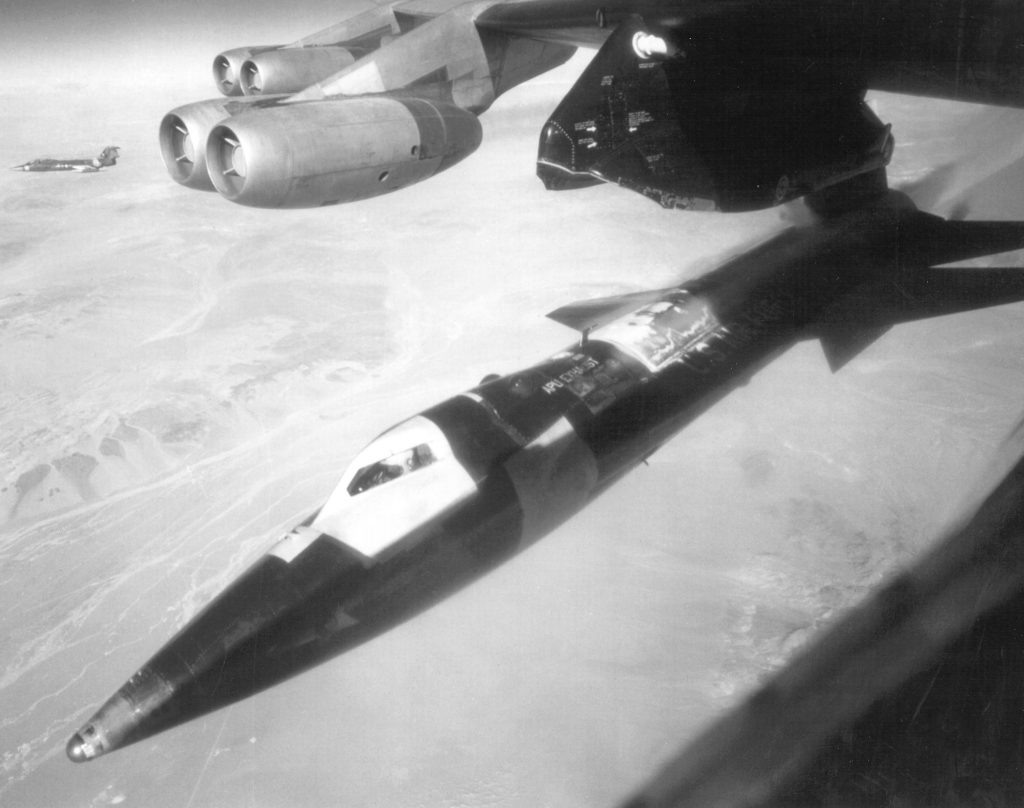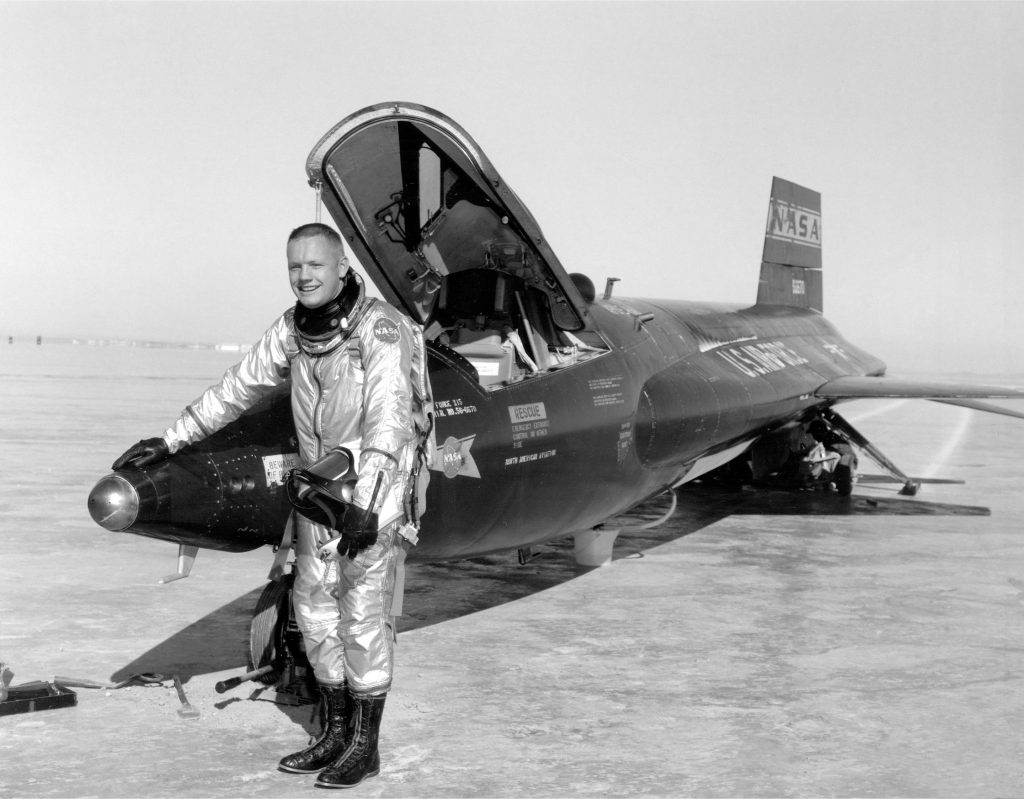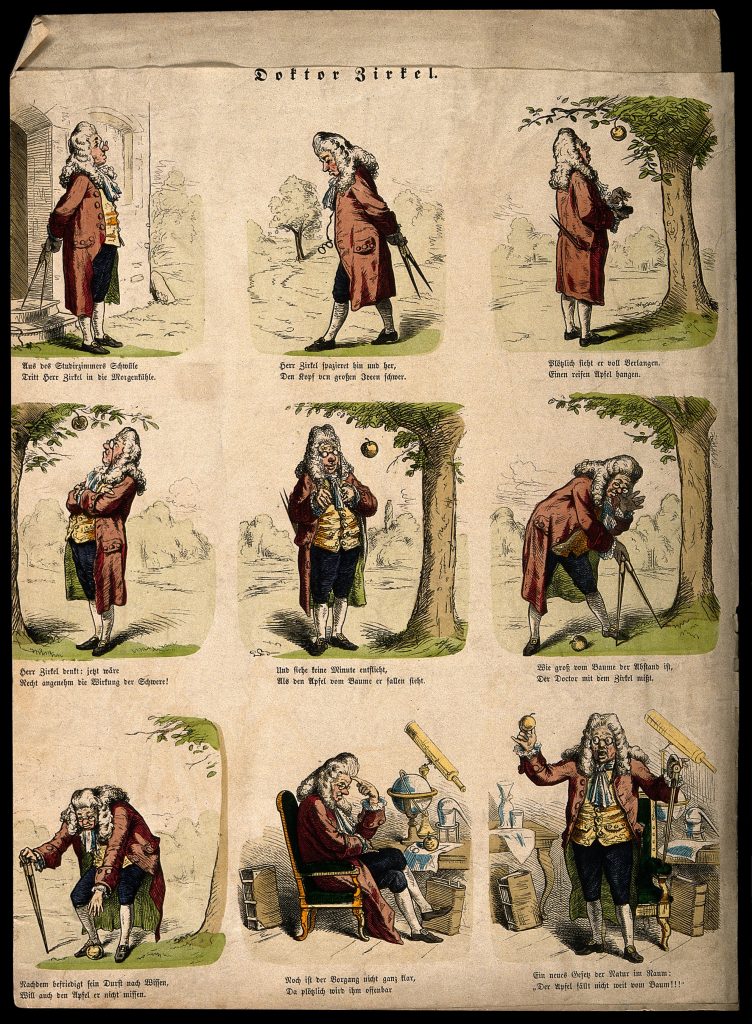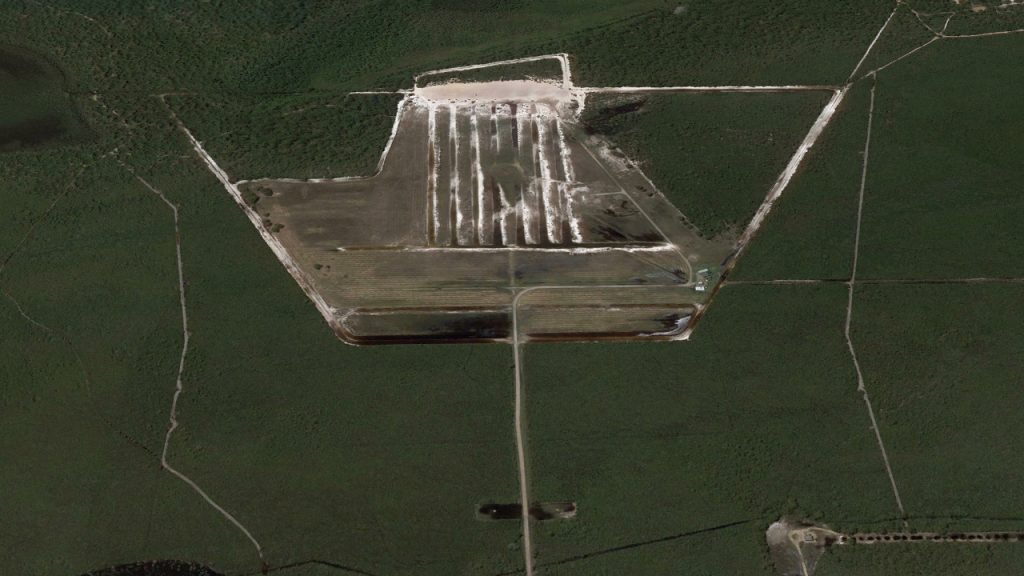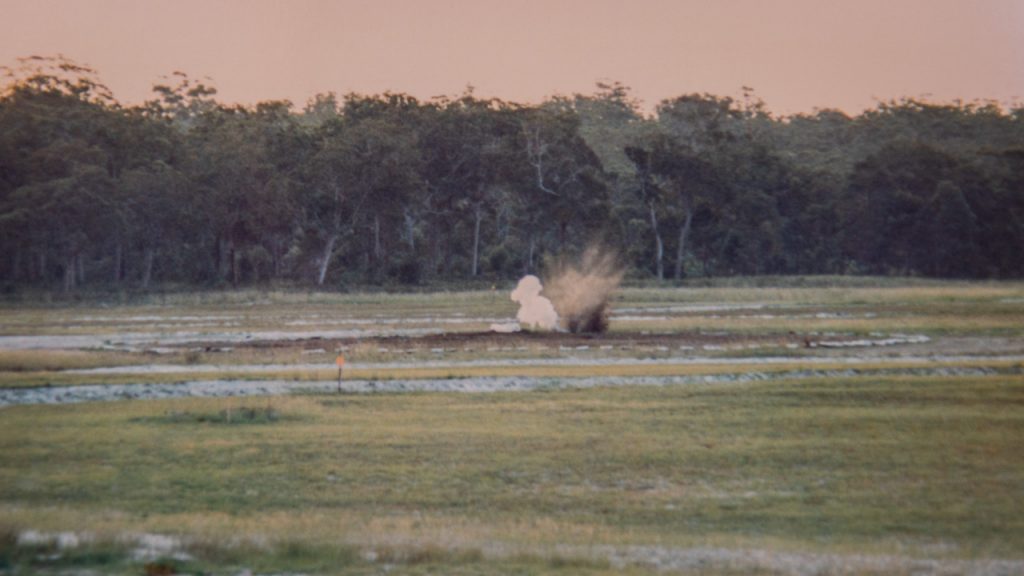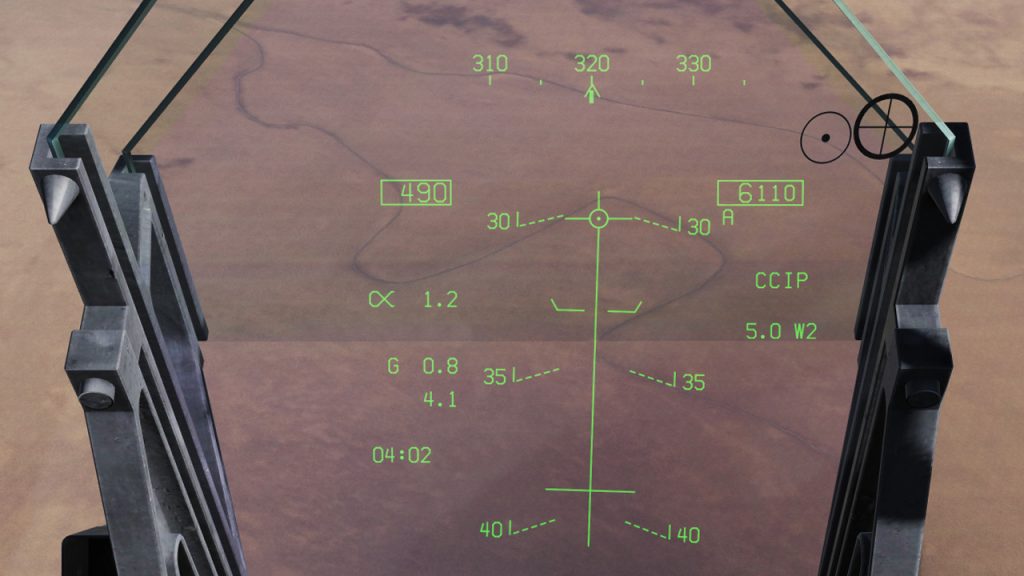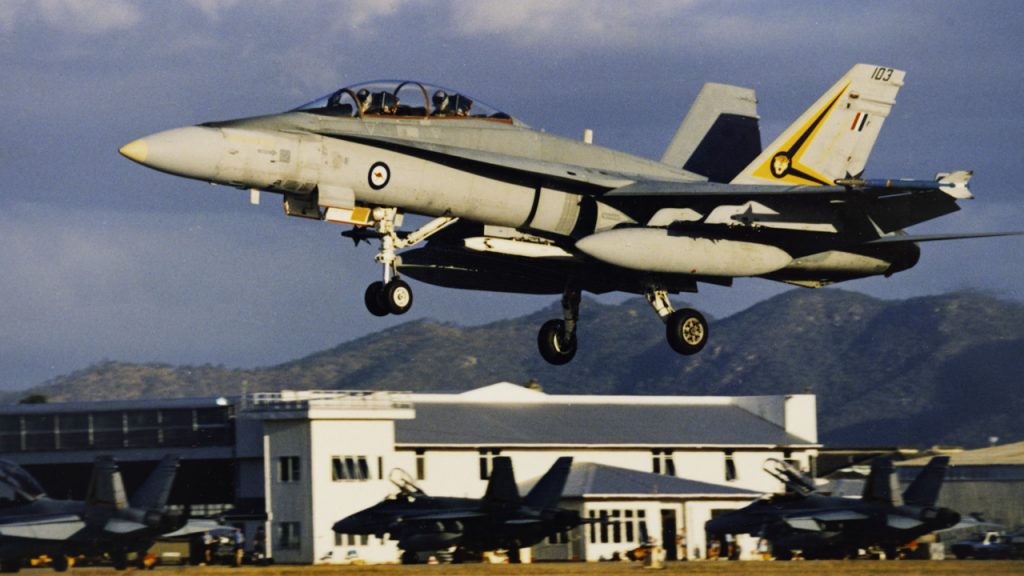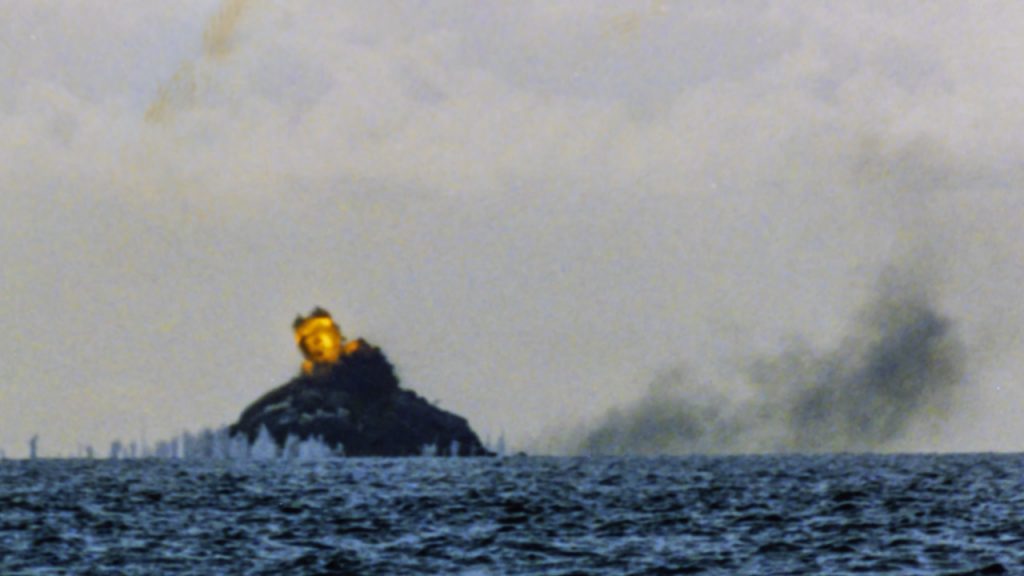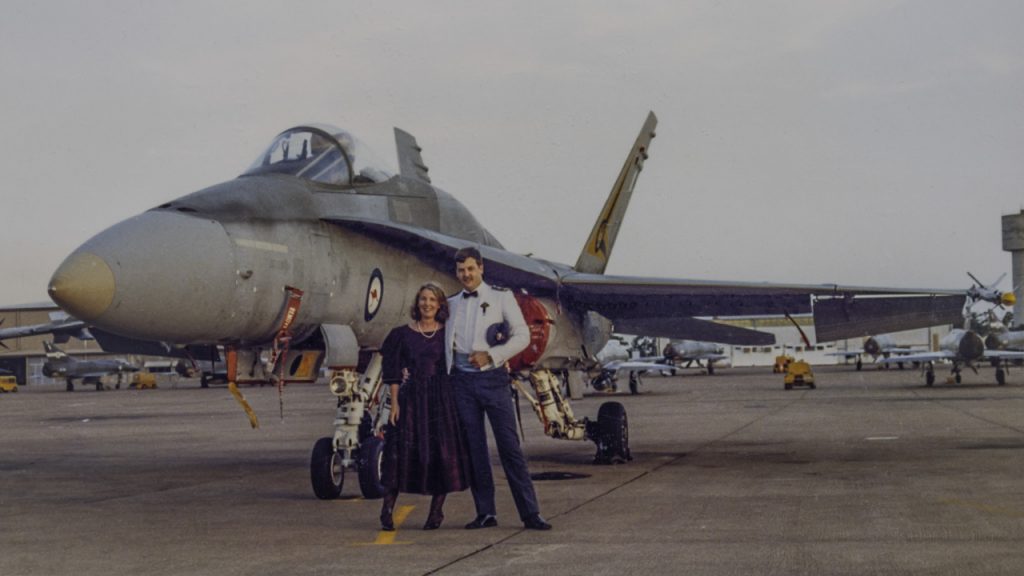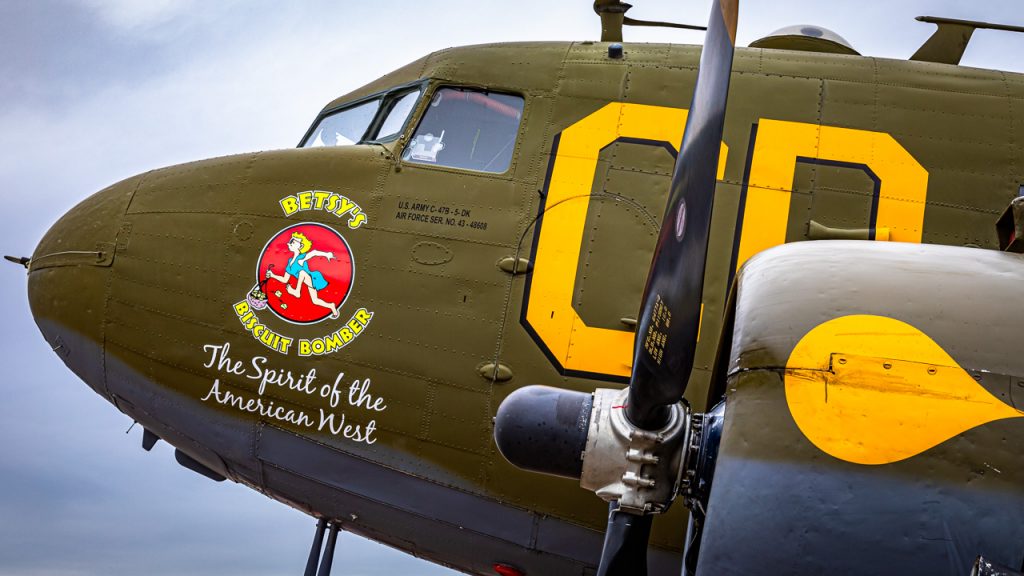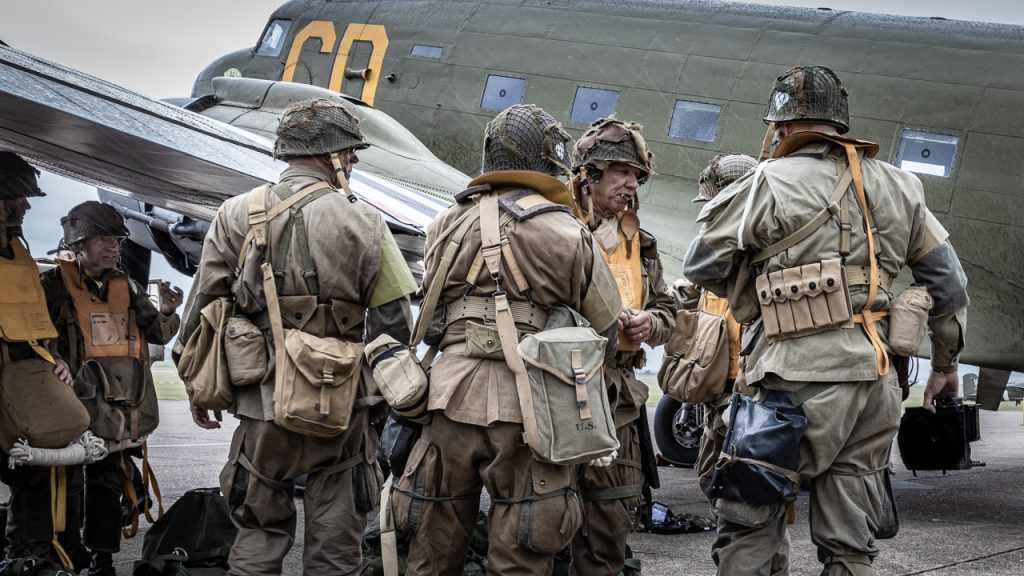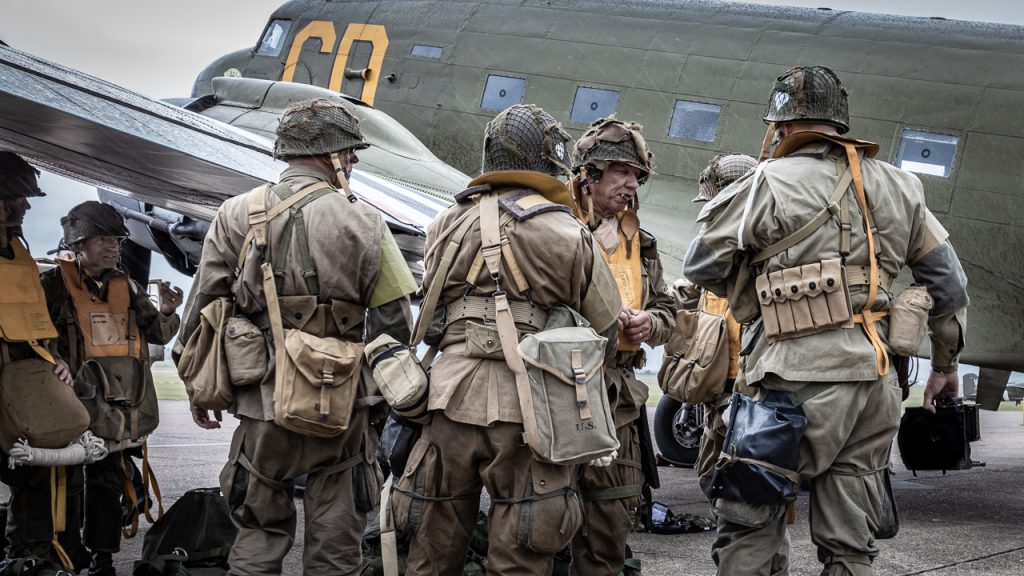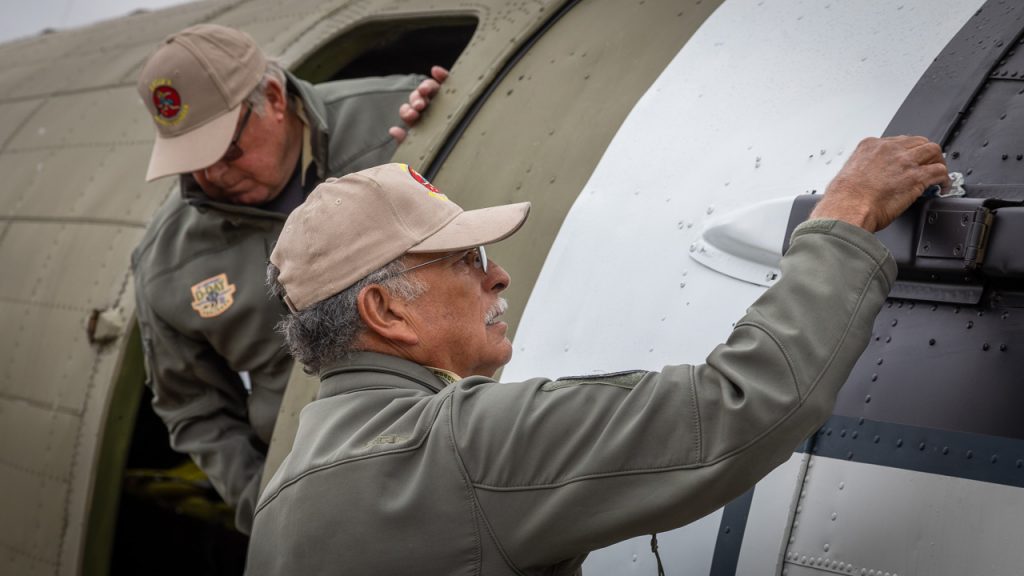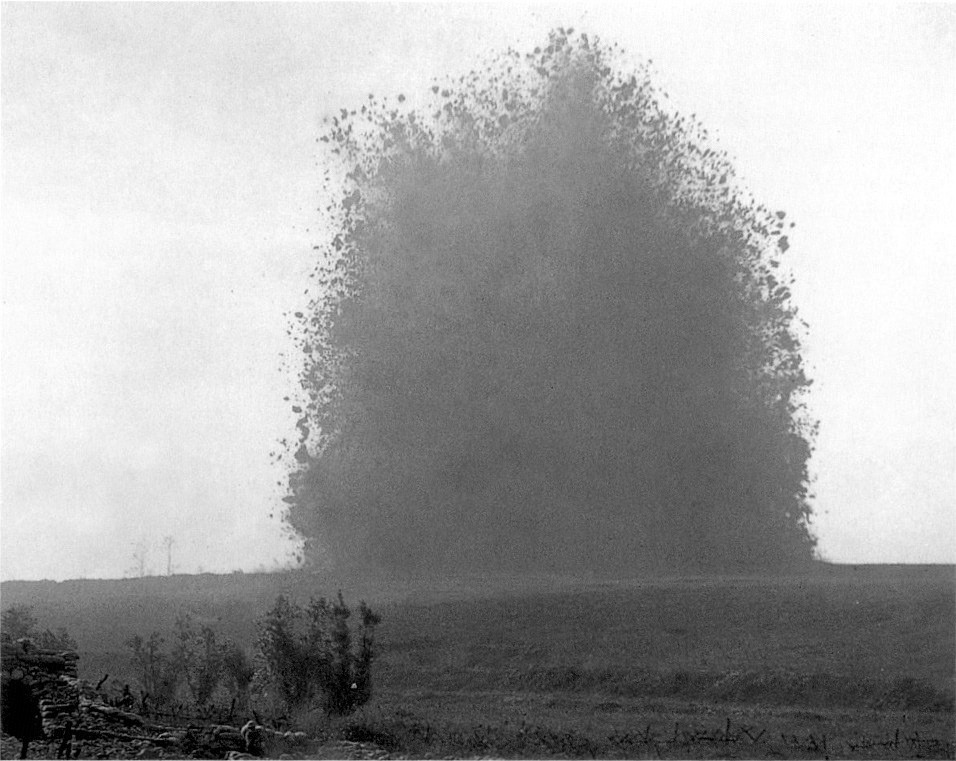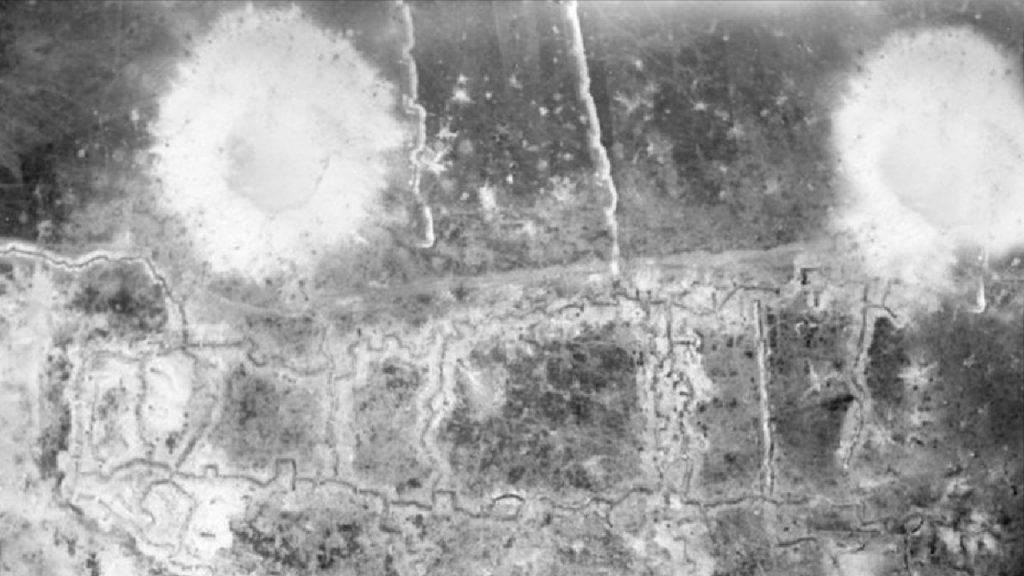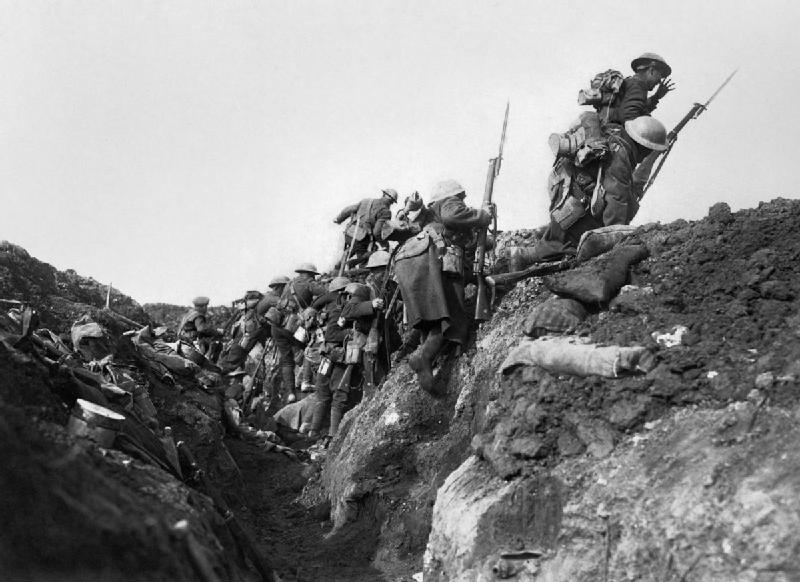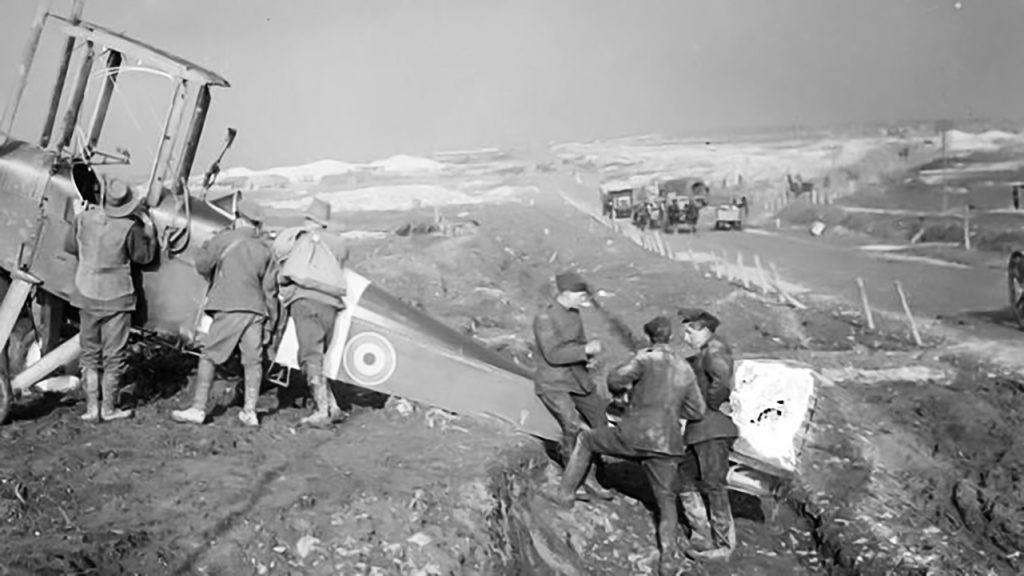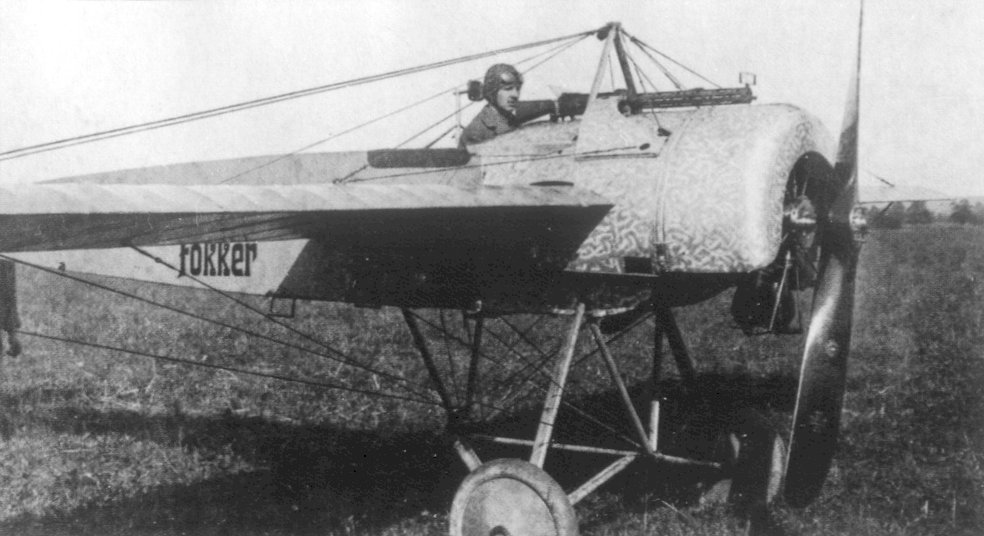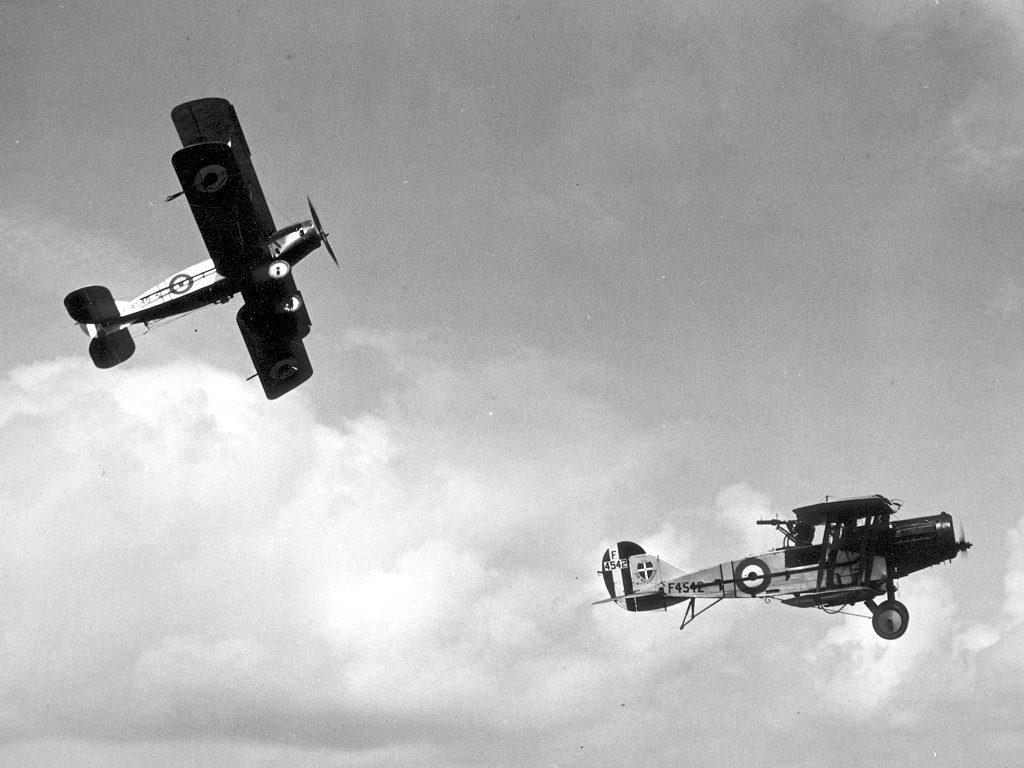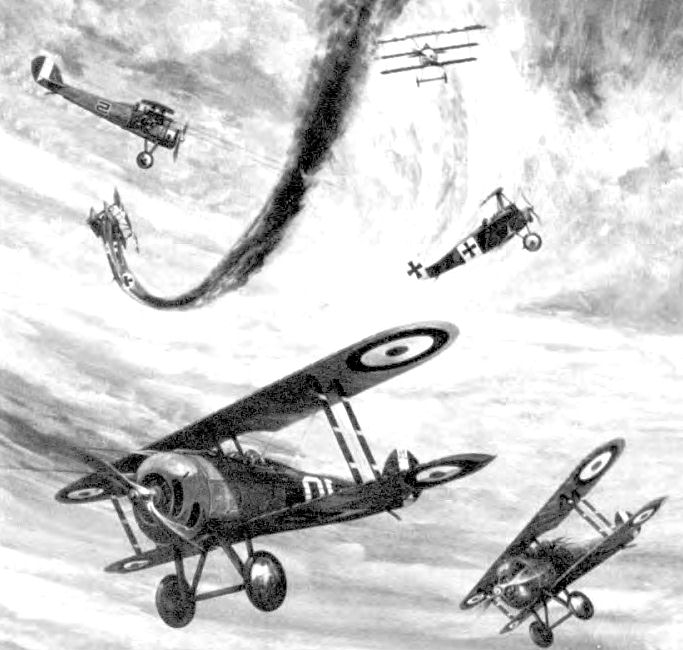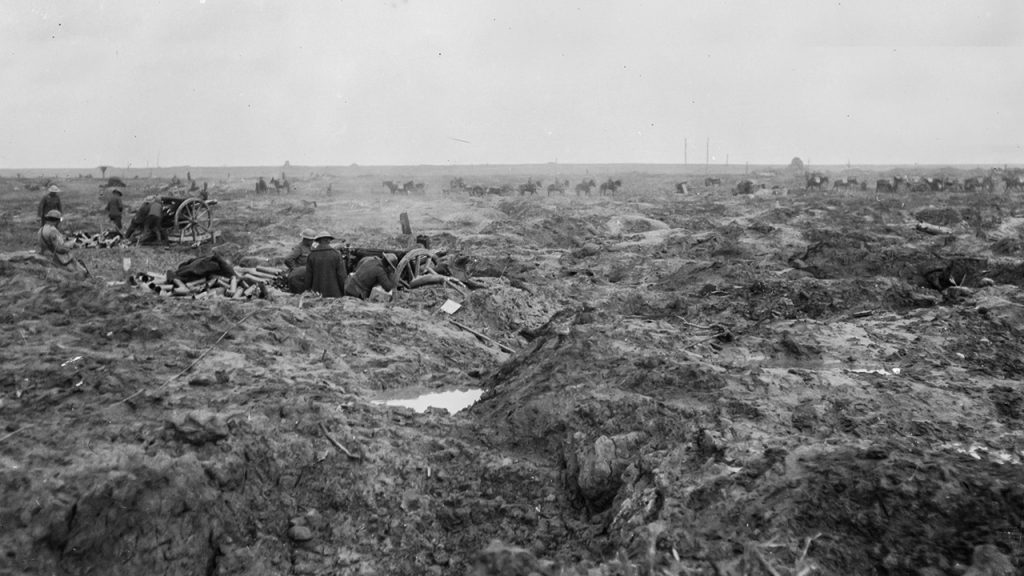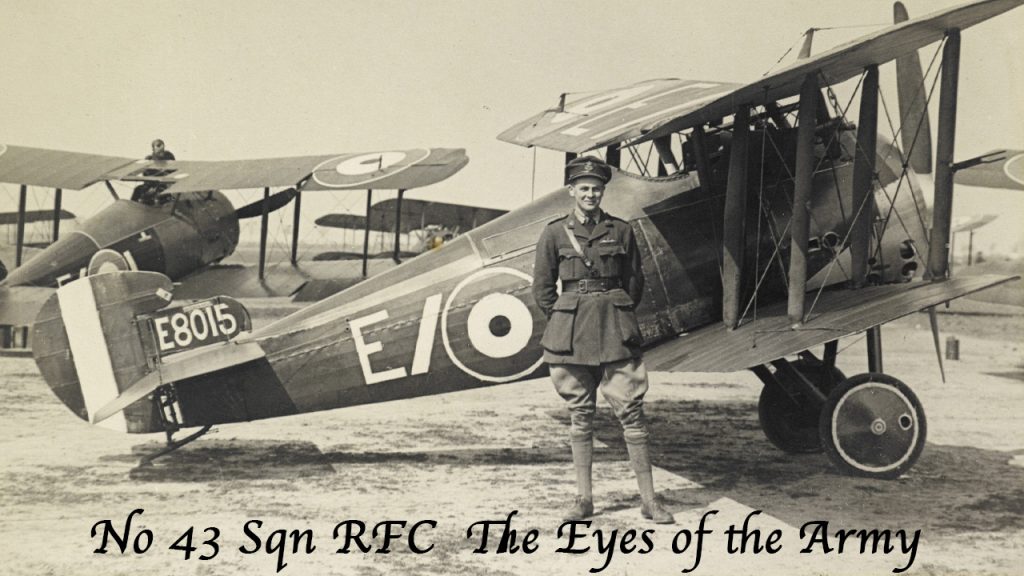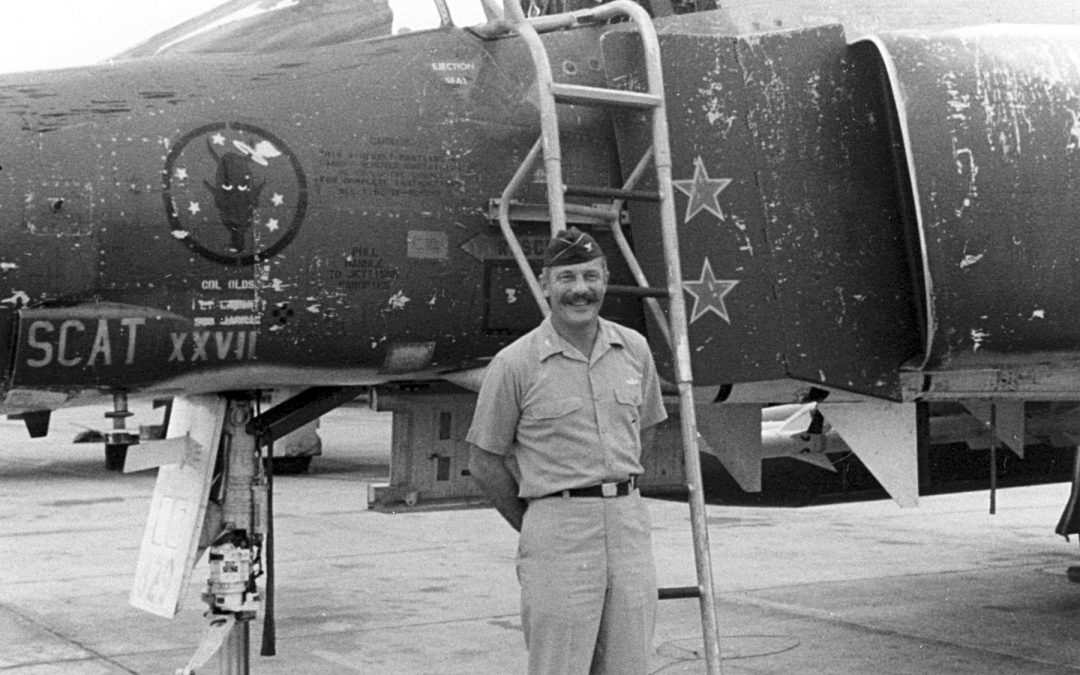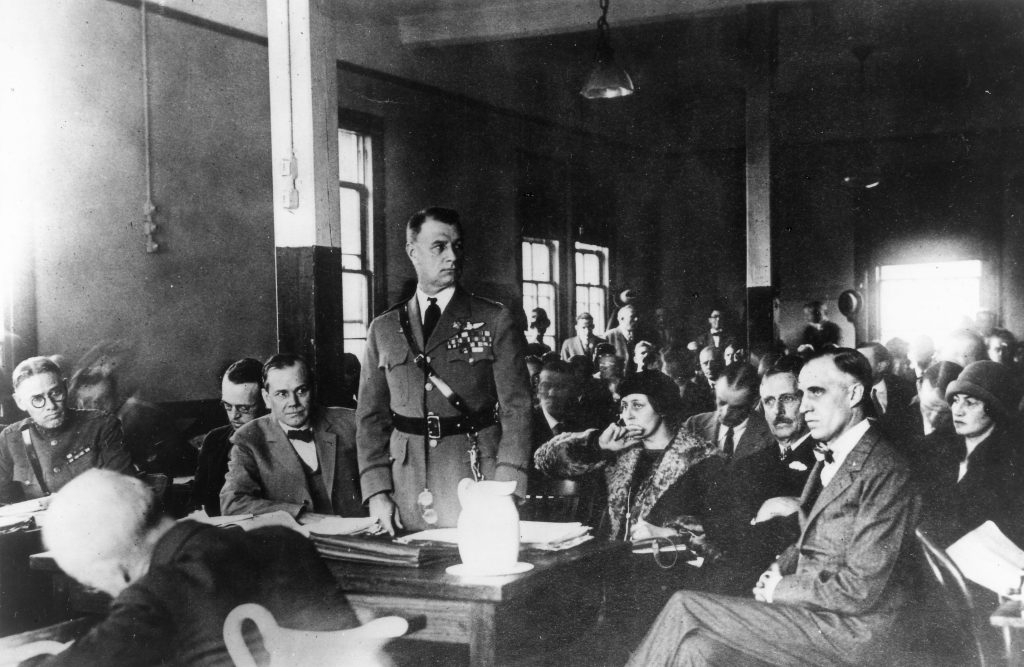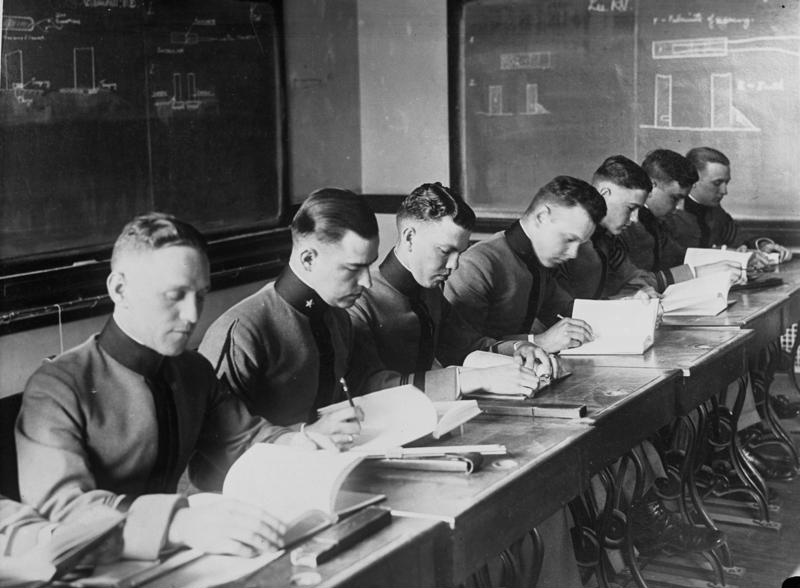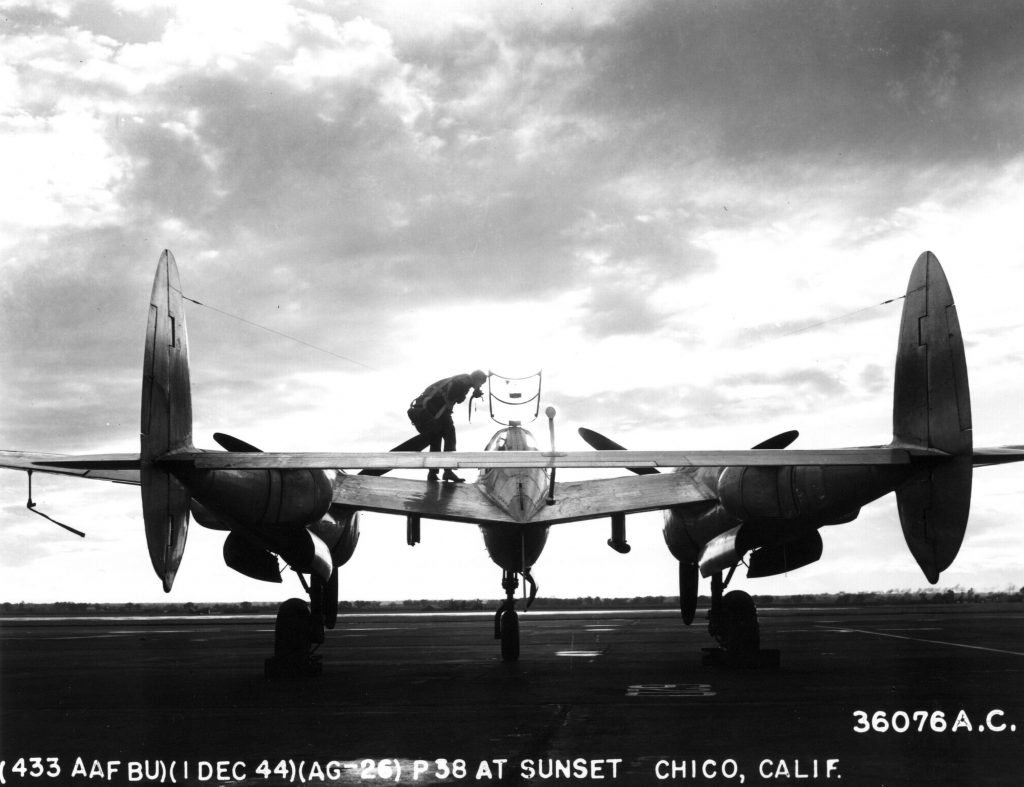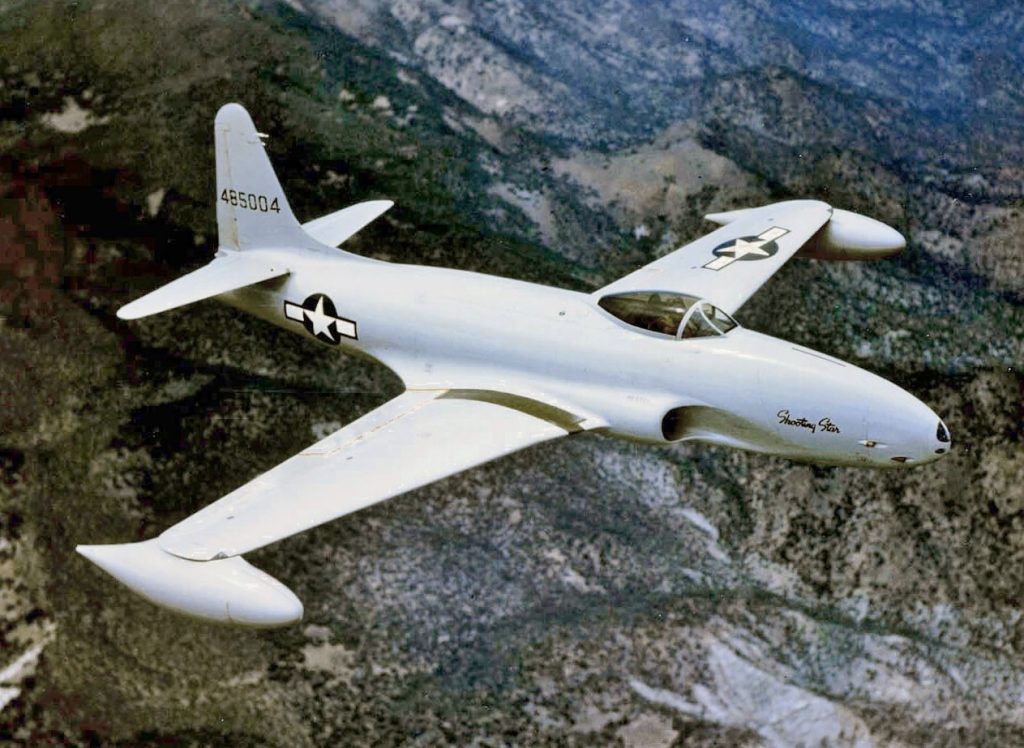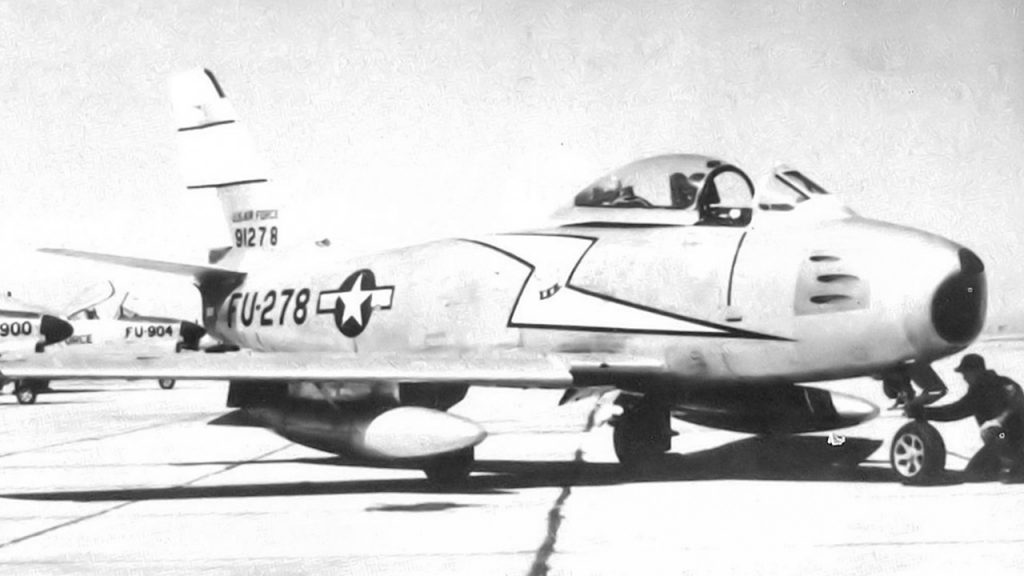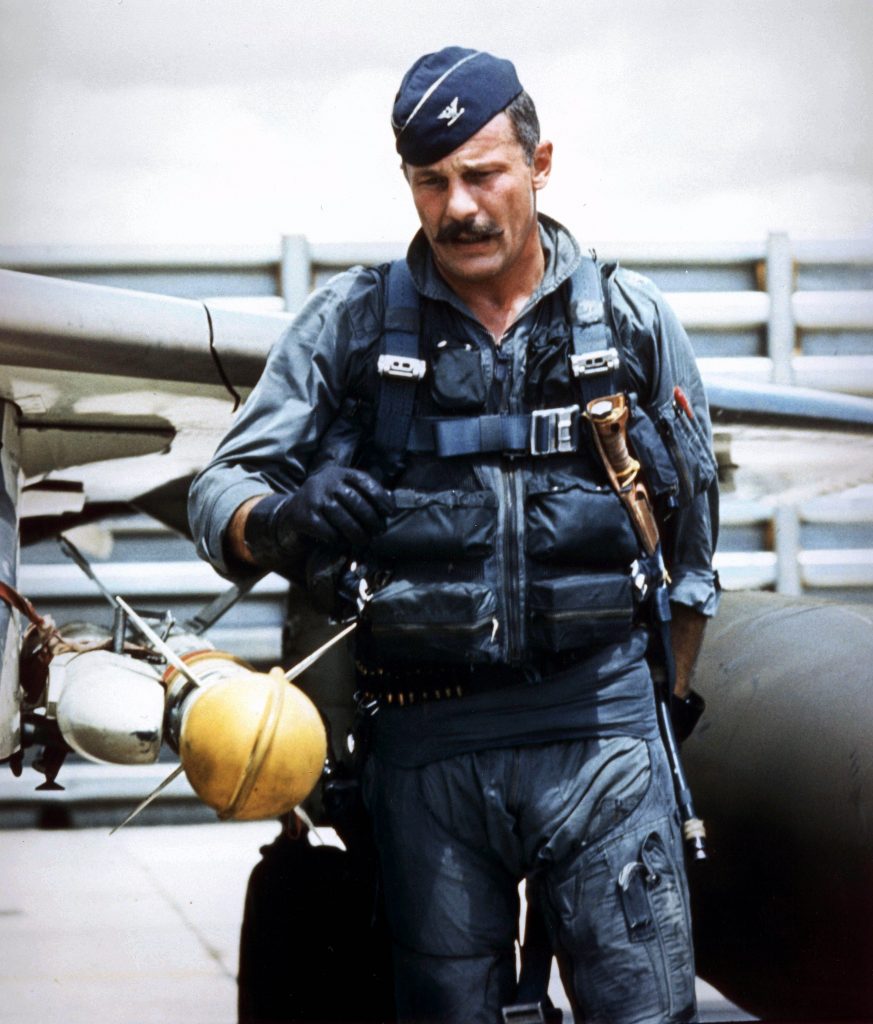
by Nick Anderson | Feb 17, 2023 | Plane Tales
Podcast (pt): Download
They were the pioneers who trod the territory beyond the sound barrier… a place no man had ever been before and which had killed many who attempted the journey. The rocket powered, winged bullet first flew only 42 years after man’s first powered flight, an achievement that still astounds me. To think that a toddler around at Kitty Hawk who saw one of the Wright Brothers first flights, could have heard the world’s first man made sonic boom before they reached the ripe old age of 50 is a true testament to the ability of America’s finest minds and the bravery of their greatest pilots.

The Bell X1 in flight

The Miles M52

The X Planes

US Military astronaut wings

The X2 drop

The X2 crash

The X15

An X15 launch

Armstrong with the X15
Images under Creative Commons licence with thanks to NASA, the RAF, the USAF, NPRC,

by Nick Anderson | Feb 17, 2023 | Plane Tales
Podcast (pt): Download
It’s time for another of my flying logbook tales and it’s May 1987 and I’m on the Australian FA18 No 2 Operational Conversion Unit at RAAF Williamtown starting the final phase on course 1 of 87 before moving onto No 77 Squadron which was to be my home for the next few years.


An FA/18B with a pair of BDU33 practice bomb carriers

The Salt Ash bombing range

A practice bomb strikes the centre of the target

The CCIP aiming symbology

Mk 82 500lb General Purpose bombs

RAAF Townsville

Mk82s hitting the target on Cordelia Island

Course graduation
Images under Creative Commons licence with thanks to the Welcome Collection and the USAF.

by Nick Anderson | Jan 19, 2023 | Plane Tales
Podcast (pt): Download
A tribute to Sherman Smoot, friend of the APG Show, who died doing what he loved best… flying.







Images under Creative Commons licence with thanks to Capt Nick Anderson.

by Nick Anderson | Jan 19, 2023 | Plane Tales
Podcast (pt): Download
The First World War battle of the Somme continues, to this day, to fascinate and appal in equal measures. Much has been written about the ground war the first day of which saw the greatest number of British casualties than had occurred before in the entire history of the British Army… 19,240 were dead and 38,230 injured. The fighting over a 16 mile front lasted almost 5 months, after which the Allied troops had advanced about 6 miles. The butchers bill of casualties was horrendous. The combined Commonwealth countries number reached nearly 60,000 but was dwarfed by the United Kingdom’s casualty number of over 350,000. The battle opened on the 1st of July 1916 with a massed explosion that ranks amongst the largest non nuclear explosions in history and was then considered the loudest human made sound to date, audible beyond London 160 miles away. It was witnessed by an 18 year old RFC pilot.

The mine under Hawthorn Ridge

Then the dust cleared and we saw the two white eyes of the craters

Going over the top

The la Boisselle mine crater now and then.

Pip’s landing

The Fokker Eindecker

Bristol Fighters

A dogfight

The battlefield

Images under Creative Commons licence with thanks to British First World War Air Service Photo Section, Ernest Brooks, Henry Armytage Sanders, H. D. Girdwood, the RFC and the IWM.

by Nick Anderson | Jan 16, 2023 | Plane Tales
Podcast (pt): Download
Robin Olds was a hard drinking, hard working man who led from the front in a way that inspired his men to become a great fighting force. He only became frustrated when he saw mistakes being made by those above him who should have known better and he went out of his way to make his feelings known. He defined what it meant to be a fighter pilot, not only in the air but on the ground with the stunningly beautiful Hollywood actress, Ella Raines, the first of his 4 wives.

The court-martial of General William “Billy” Mitchell 1925

West Point students

A P-38 Lightning

A digital representation of SCAT II

A Bf109

Olds and his P51 Mustang SCAT VI

A P80 Shooting Star

The Gloster Meteor

An F86 Sabre of the 71st, Hat in the Ring Sqn

The F4 Phantom

Robin Olds completes his 100th combat mission

Robin Olds in Vietnam after his 4th Mig kill
Images under Creative Commons licence with thanks to those images in the Public Domain, the Bundesarchive, the USAF, Digital Combat Simulator, Ruffneck88, USAF National Museum and RuthAS.
